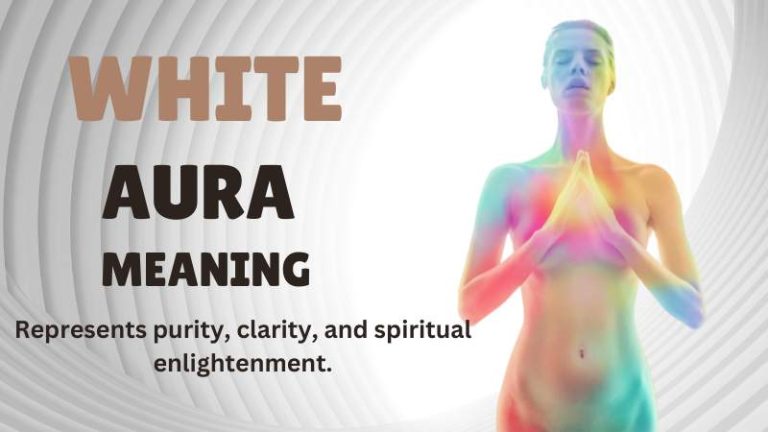
The yoga sutra of Maharishi Patanjali stand out as the most authoritative and useful treatise. In its 196 aphorism the author has condensed the essential philosophy and technique of yoga in a manner which is a marvel of condensed and systematic exposition. The student who studies yoga sutra for the first time or superficially may find the treatment rather strange and haphazard, but a more careful and deeper study will reveal the rational basis of the treatment. The following synopsis will show how rational the whole treatment is.
The first chapter of yoga sutra deals with the general nature of yoga and its technique. It is meant really to answer the question ‘what is yoga?’ since Samadhi (self realization) is the essential technique of yoga, naturally, it occupies the most important position among the various topics with in the section. This section is therefore, called as Samadhi Pada.
The first part of the second section deals with the philosophy of klesas and is meant provide an answer to the question ‘why should anyone practice yoga?’ It gives a masterly analysis of the conditions of human life and the misery and suffering which are inherent in these conditions. The philosophy of klesas must be thoroughly understood by any person who is to take the path of yoga with the unalterable determination to preserve, life after life, until he has reached the end. It deals with the first five practices of yogic technique which are referred to a Bahiranga or external. These practices are of a preparatory nature and are meant to make the Sadhaka fit for the practice of Samadhi. As this section is meant to fit the aspirant physically, mentally, emotionally and morally for the practice of higher yoga it is called as Sadhana pada.
The first part of the third section deals with the three remaining practices of yogic technique which are referred to as Antaranga or internal. It is through these practices which culminate in Samadhi that all the mysteries of yogic life are unraveled and the powers or siddhis are acquired. In the second part of this section these accomplishments are discussed in detail and the section is, therefore, called Vibhuti Pada.
In the fourth and the last section are expounded all those essential philosophical problems which are involved in the study and practice of yoga. The nature of the mind and mental perception, of desire and its binding effect, of liberation and the results which follow it, are all dealt with briefly but systematically to enable the student to have an adequate background of theoretical knowledge. Since all the topics are connected in one way or another with the attainment of Kaivalya, the section is called as Kaivalya pada. Yoga sutra is the most suitable basis, because it gives all the essential information about yoga in a masterly manner but also because it is recognized the masterpiece in the literature of yoga and has stood the test of time and experience.
The important point is to make a definite beginning somewhere and as soon as possible – Now. The moment such a serious beginning is made forces begin to gather round the center of endeavour and take the aspirant forward in realizing the true self.




